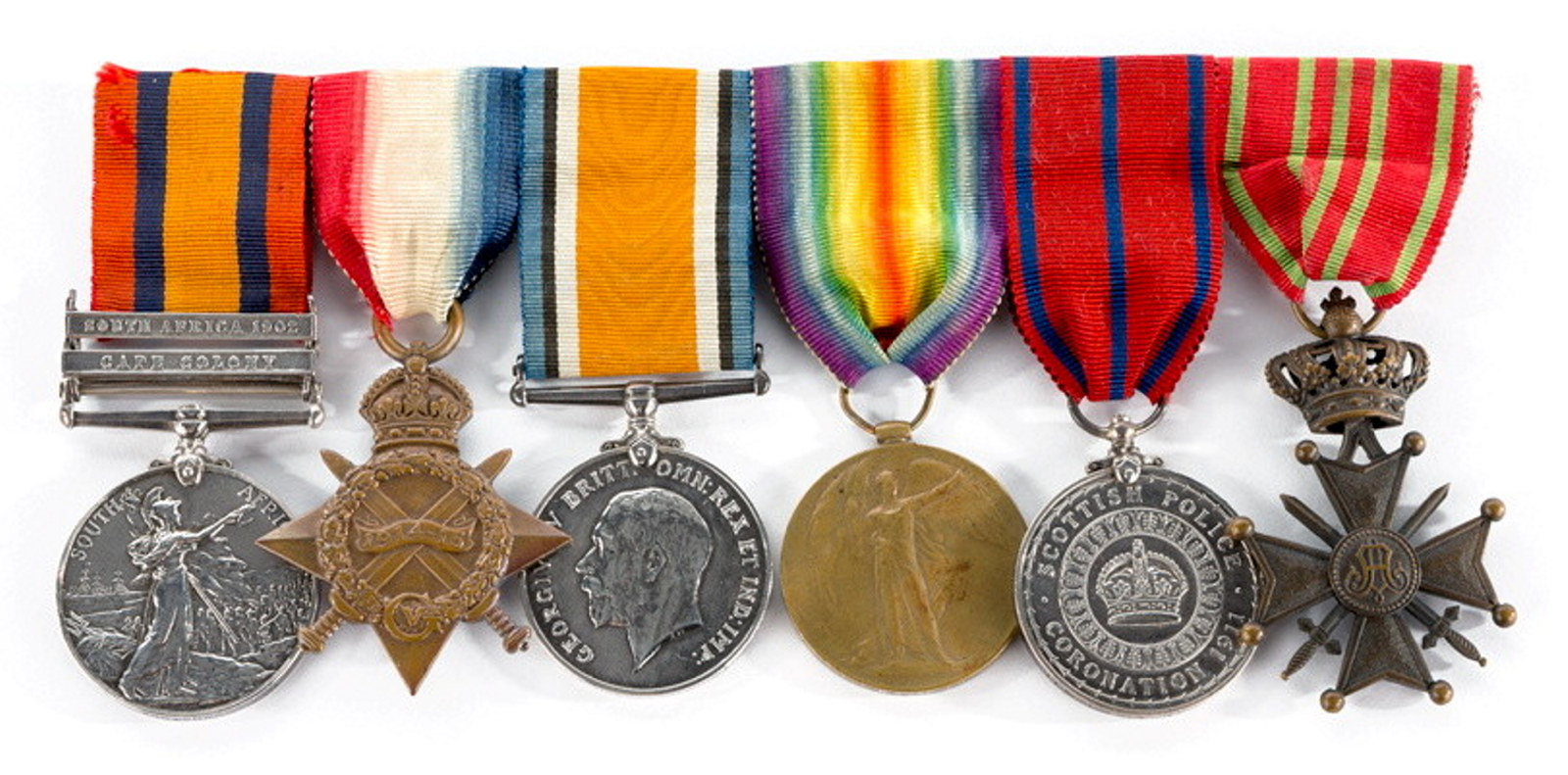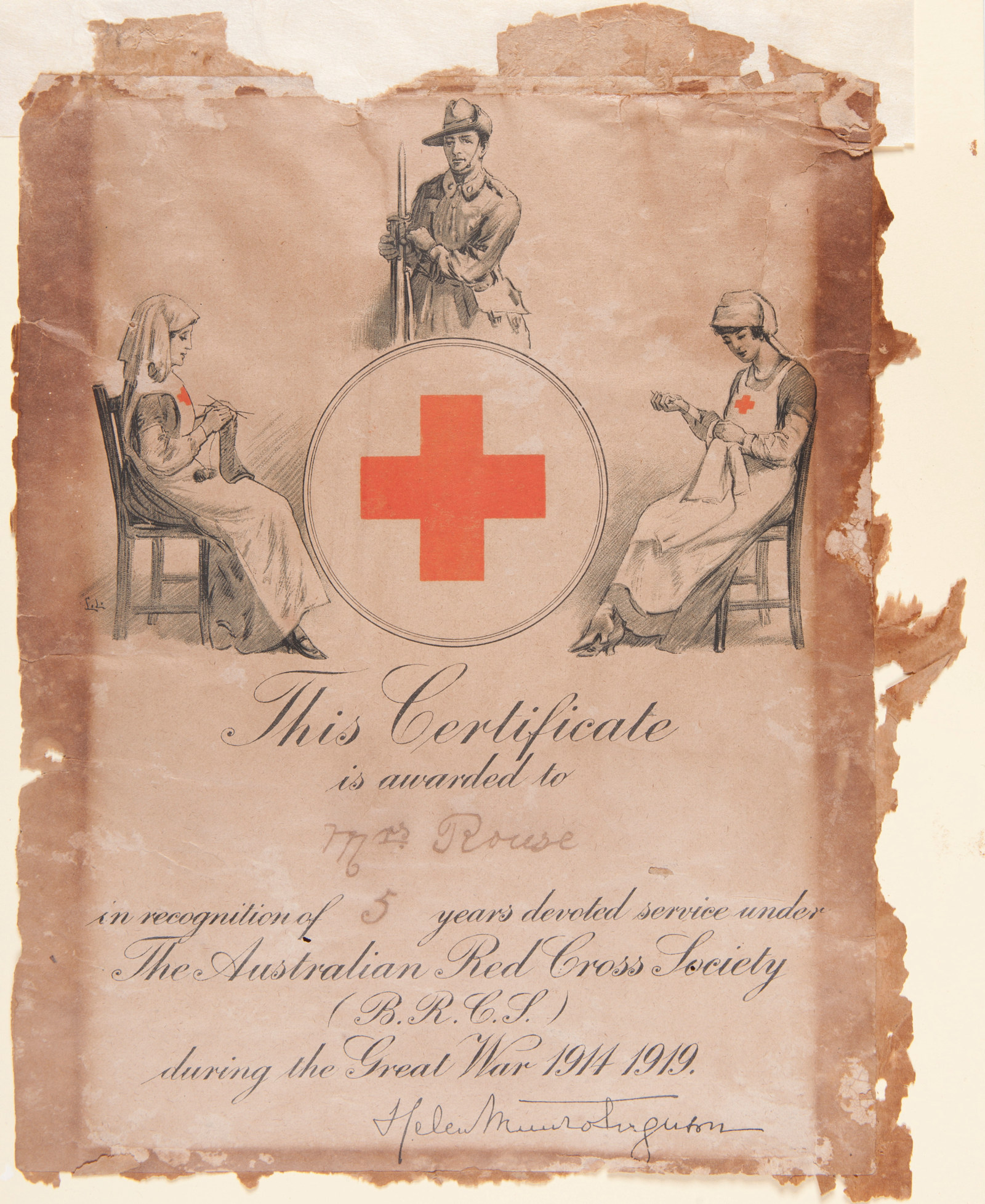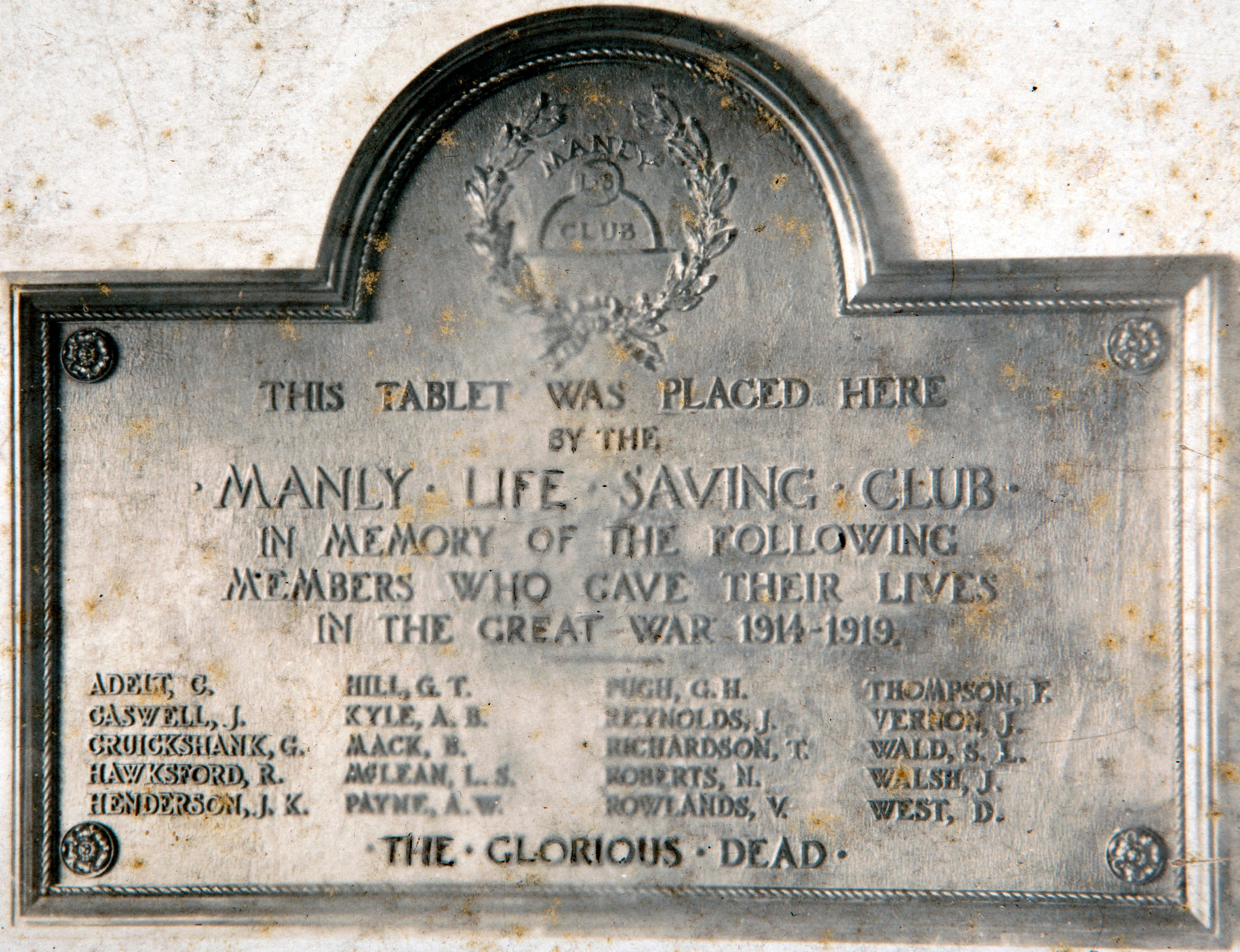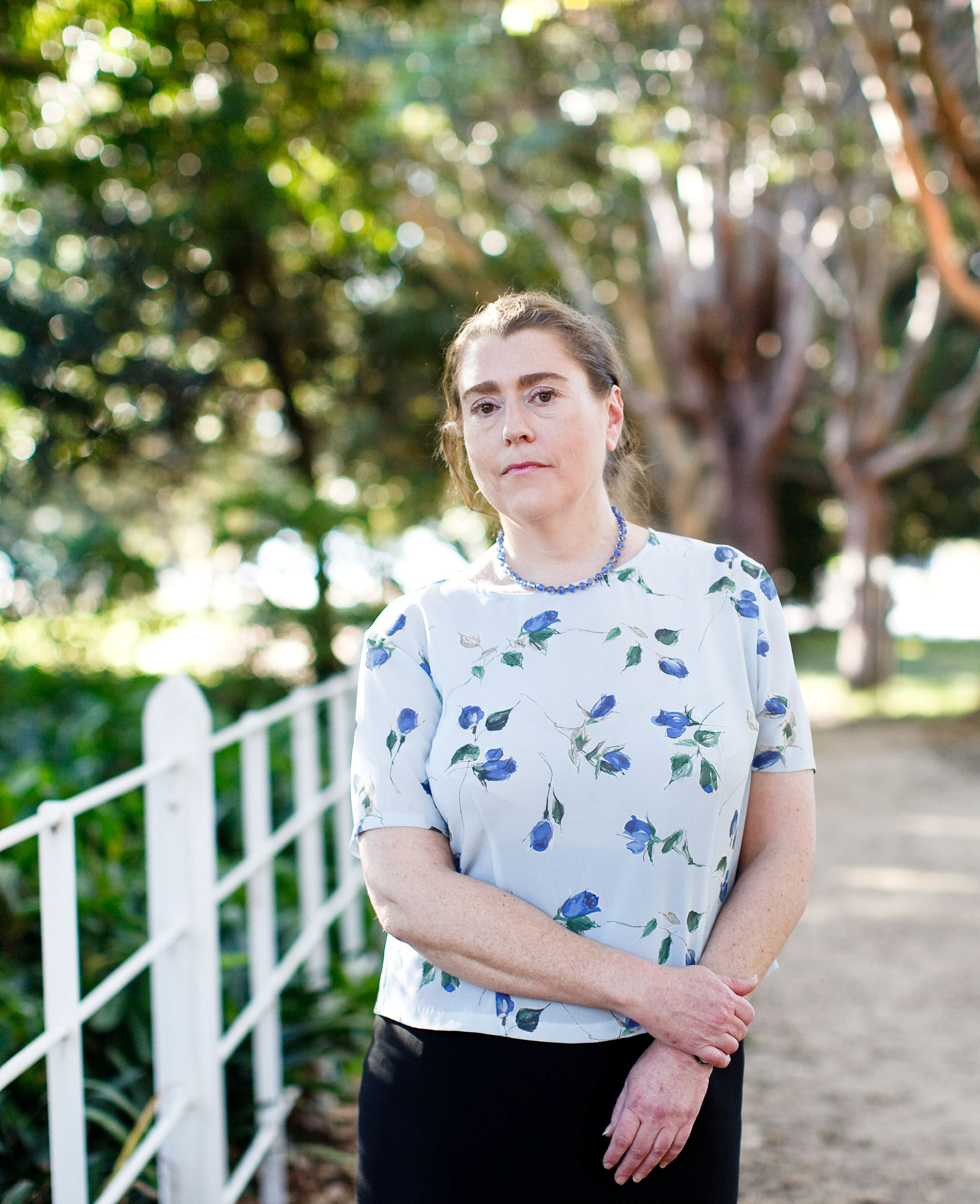Clive Collingwood Dangar MC
1882–1918
Clive Collingwood Dangar was born on 12 January 1882 at Baroona, near Singleton, NSW, the youngest son of Albert Augustus Dangar (1840–1913) and Mary Phoebe, nee Rouse (1847–1931), and a great-grandson of Richard and Elizabeth Rouse of Rouse Hill Estate.
He was educated at The Armidale School, with which he maintained a lifelong involvement. In 1899 Clive went to England and obtained a commission in the Duke of Wellington’s West Riding Regiment, with whom he served during the Second Anglo-Boer War. In South Africa he transferred to the 13th Hussars, and was mentioned in despatches for special and meritorious service before becoming dangerously ill with enteric fever and being invalided to England.
Clive remained with his regiment in England and India until 1909, resigning with the rank of captain. Returning home, he married his cousin Nora Dangar, later Gordon (1881–1969), and devoted his attention to his property Gostwyck, at Uralla in northern NSW, famed for its fine merino sheep and Durham cattle. In January 1915 Clive sailed for England to rejoin his old regiment, accompanied by his wife and two young daughters. By August he was in Egypt, where Nora joined the network of wives and expatriates in voluntary roles, working for the Australian Comforts Fund and as a hospital assistant with the Red Cross.
Attached as assistant brigade major and then brigade major with the 3rd Australian Light Horse Brigade Headquarters, Clive was twice mentioned in despatches, and in January 1917 awarded the Military Cross. In April 1917 he was seriously wounded in action at Gaza in Palestine. After several weeks in hospital Clive returned to duty with a staff appointment as temporary major with the Anzac Mounted Division, but in March 1918 he was admitted to hospital with acute nephritis. In May he was ordered home to Australia for six months to recuperate. Clive and his family made it as far as Melbourne, where he was again hospitalised. His mother was sent for, but just before she could leave home word was received that he had died in the early hours of 4 July 1918.
He was buried with full military honours at Waverley Cemetery in Sydney. The Dangar family established a number of memorials in Clive’s honour. His wife erected a chapel at Gostwyck, and funded the construction of a junior boarding house at his old school, family members contributing the furnishings. Clive’s mother and sister also donated two stained-glass windows in his memory to All Saints’ Church, Singleton.
Published on
More

WW1
War Service
From the shores of Gallipoli to the sprawling Western Front, the stories told here reveal the powerful war experiences of ordinary soldiers. Some were decorated for bravery in the field, while others made the ultimate sacrifice

WW1
Home Front
As the war stretched on, thousands of women at home in Australia supported the war effort by volunteering for patriotic fundraising activities

WW1
Enemy Within?
These stories explore the threat to Australia from within, from the identification of a section of the population as ‘enemy aliens’ to the formation of the jingoistic Anti-German League, and the radical ideology and activities of the Industrial Workers of the World (IWW)

WW1
Commemoration
Hear the poignant personal stories behind battlefield grave markers in Egypt, France and Gallipoli, as well as the stories behind workplace honour rolls, one of the most common, but often hidden, forms of war memorial in Australia
